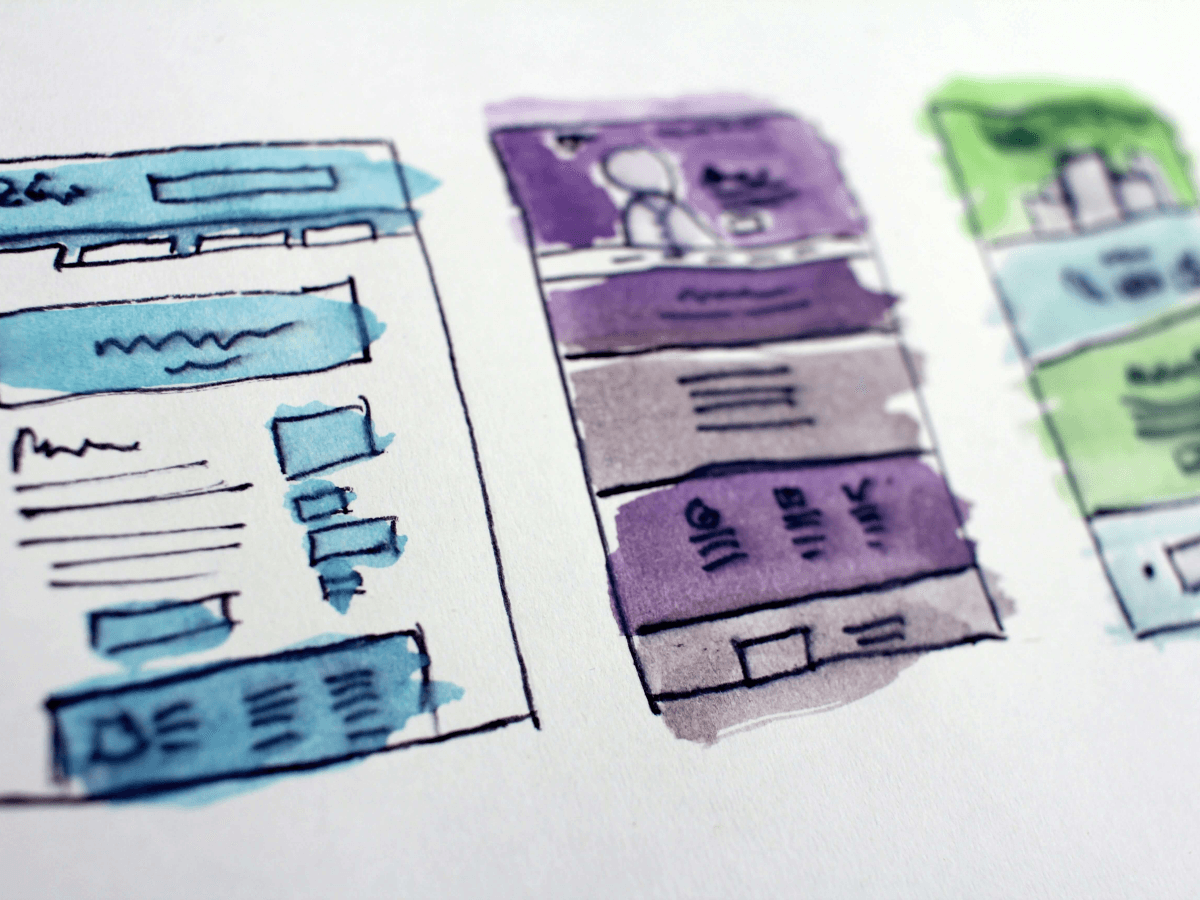The Art of Minimalism in Web Design
How reducing clutter enhances user experience and boosts engagement.
Aug 20, 2024
3
min
In today’s fast-paced digital world, minimalism has become more than just a design trend—it’s a necessity. By reducing clutter and focusing on essential elements, minimalist web design streamlines user interaction, improves navigation, and fosters better engagement. But what exactly makes minimalism so effective in the web design space?
1. Focusing on Core Elements
Minimalism is all about prioritizing the most important features of a website. By stripping away unnecessary elements, designers allow users to focus on key messages, calls to action, and the overall purpose of the site.

2. Enhancing User Experience
A clutter-free design not only looks aesthetically pleasing but also improves the user experience. Fewer distractions allow users to navigate the site more easily, leading to faster decisions and smoother interactions.
3. Boosting Engagement
Websites designed with minimalism in mind often see higher user engagement. With less to process visually, users can focus more on interactive elements, such as clickable buttons, forms, and content.

4. Mobile Responsiveness
Minimalism naturally complements mobile-friendly design. Clean, simple layouts are easier to adapt across different screen sizes, ensuring that mobile users have a seamless experience.

Conclusion
Minimalist web design is not just about making things look pretty; it’s about enhancing usability, improving the overall experience, and driving engagement. By embracing minimalism, designers can create websites that are both visually appealing and highly functional, ultimately benefiting both users and businesses.


